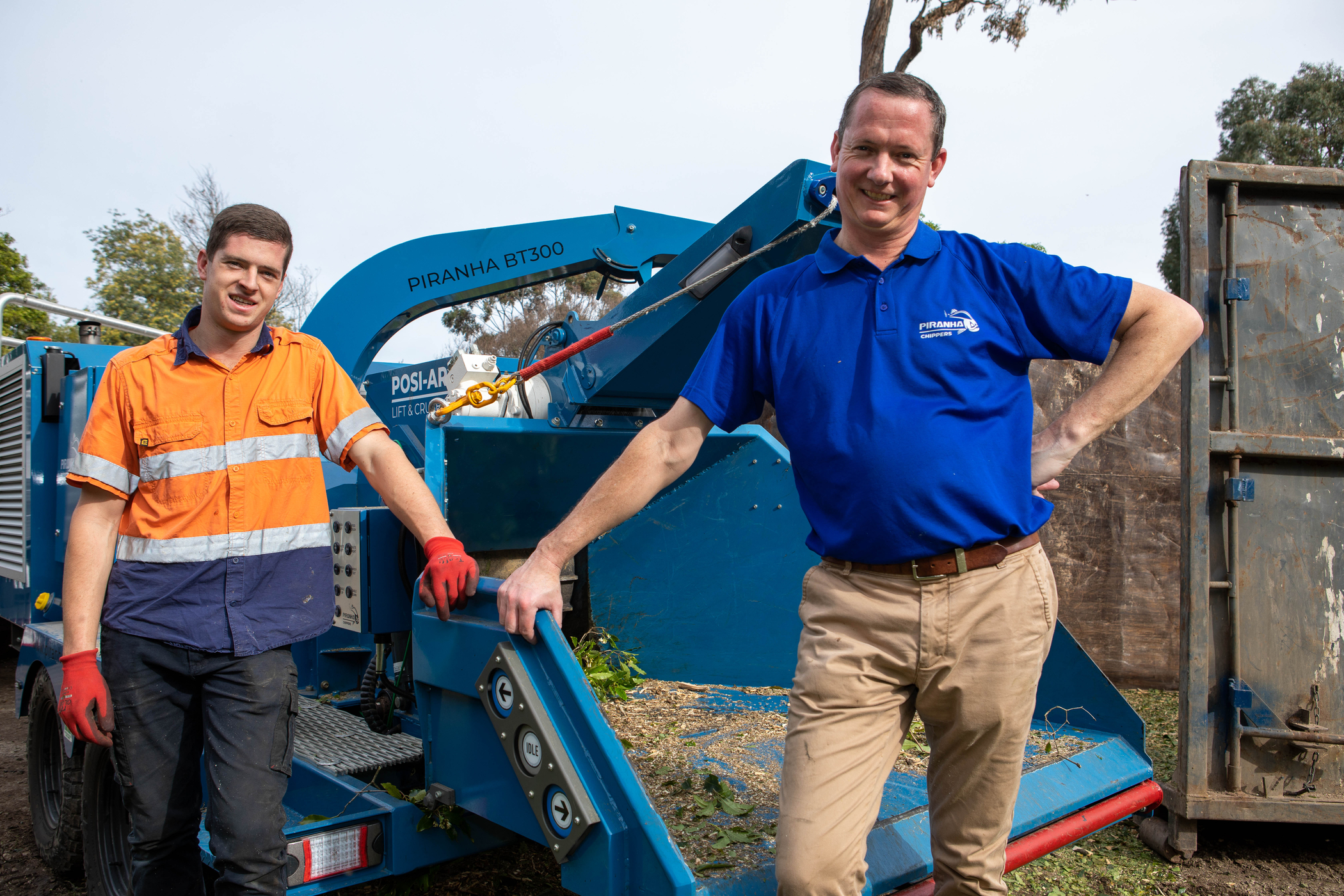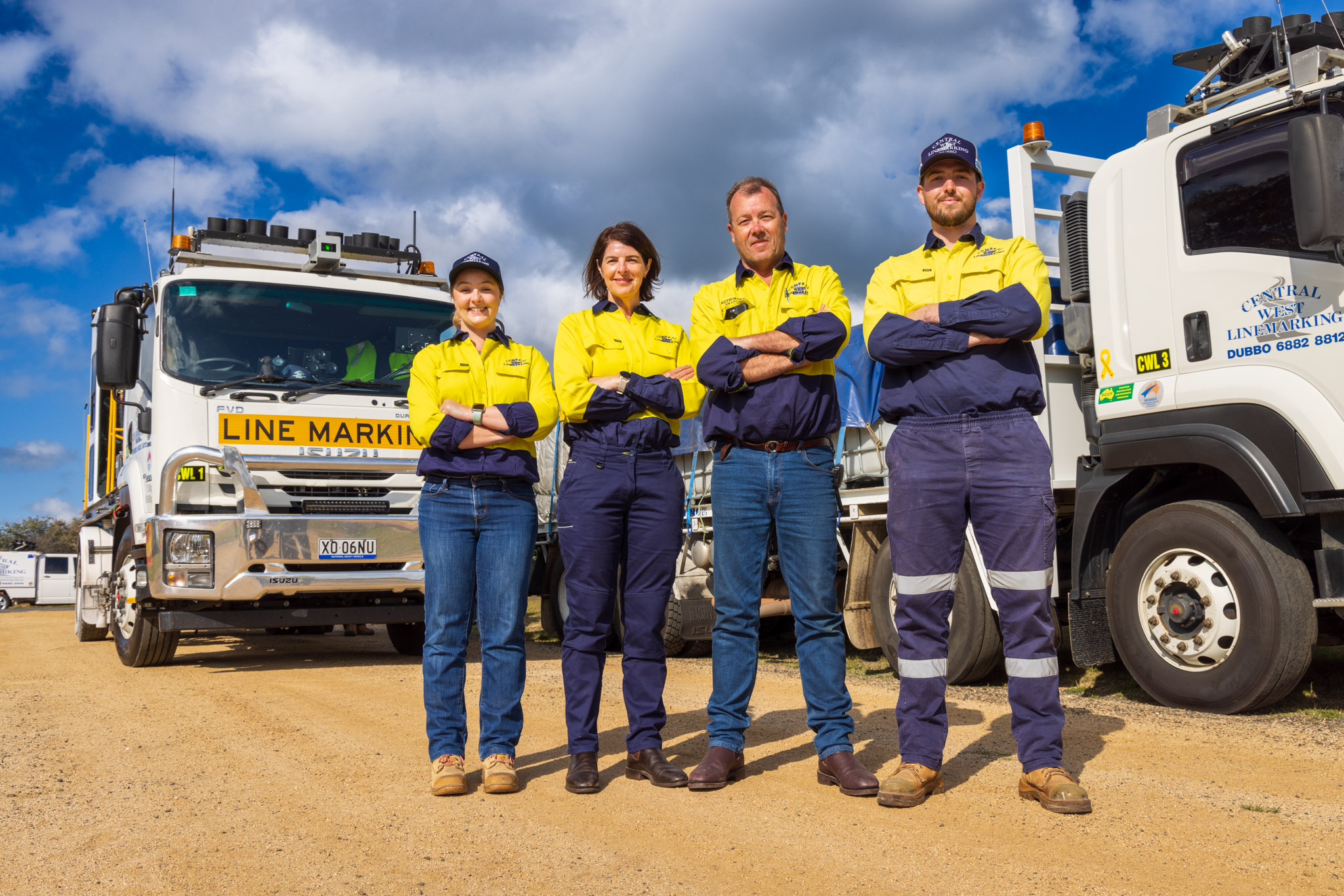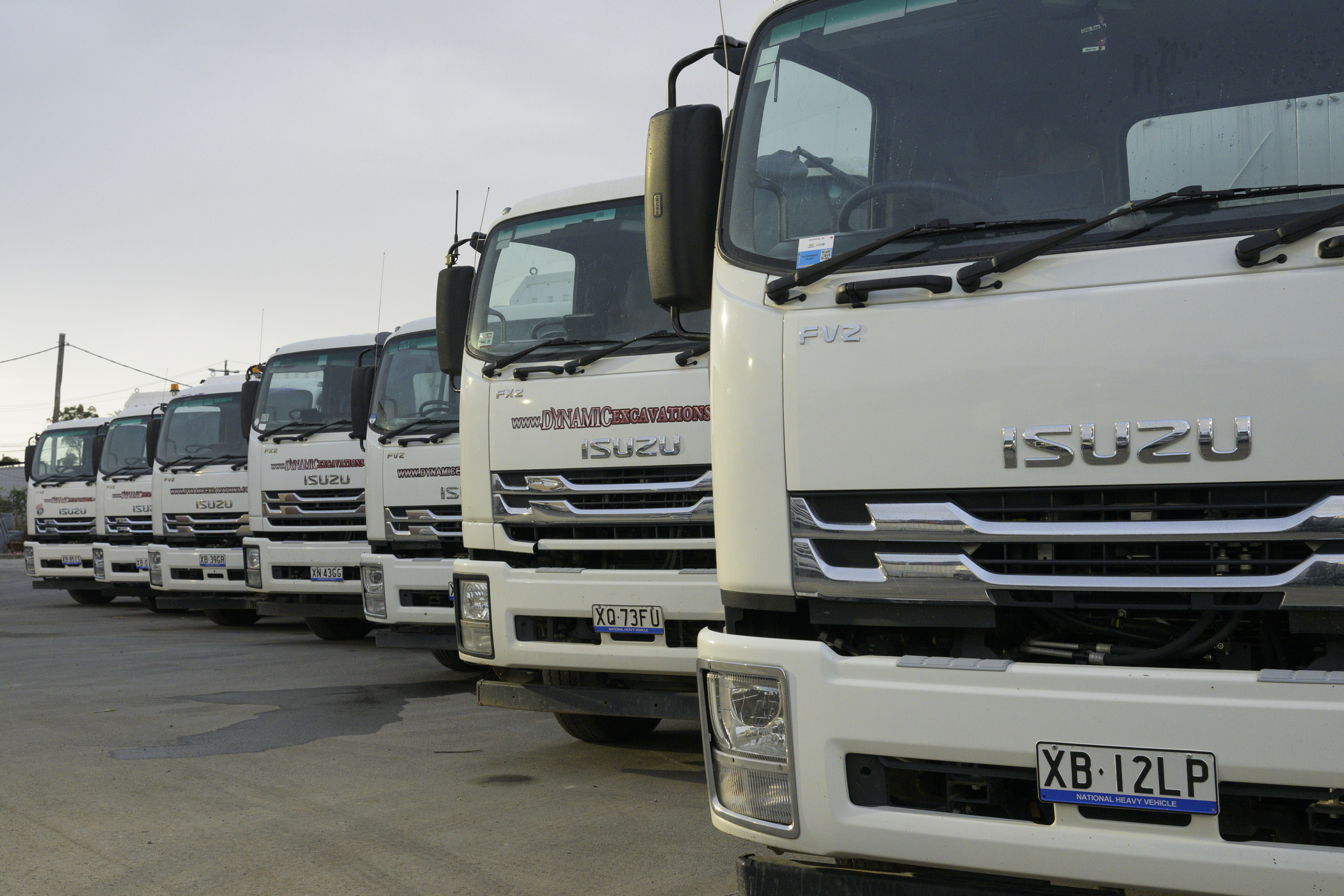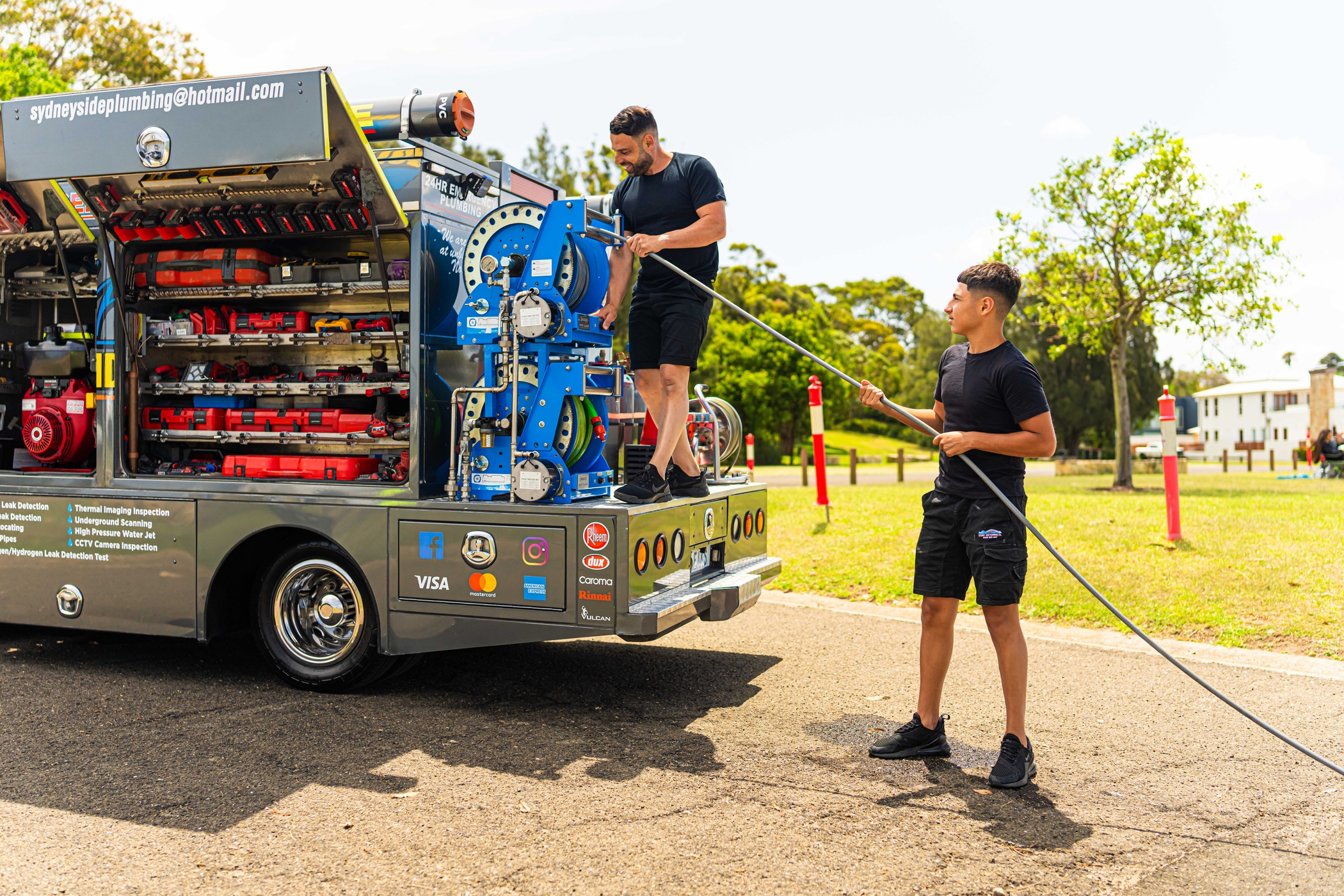Putting A Price On Whole-Of-Life Cost

Buying a truck is an exciting time. After all, a truck is an important asset and a long-term investment that can impact your business’s bottom line. But before handing over the cash for your new workhorse, you might stop to think, “What is this truck actually costing me—in the long run?” As buying a truck can be one of your bigger upfront expense (as most kinds of capital equipment are), the initial sale price is often the primary focus. But looking at expenses beyond the truck’s sticker price can give you a much clearer picture of how much a truck will cost over the whole of its working life, and ultimately save you some dollars in the long run.
What is whole-of-life cost? Whole-of-life cost refers to the total cost of owning a certain piece of asset, such as a truck. This takes into account all expenditure associated with a truck from the moment it’s purchased to the moment it’s resold or disposed of. Whole-of-life cost takes the following into account:
- Initial sale price
- Finance or lease repayments
- Fuel usage
- Servicing and maintenance
- Parts repair and replacement
- Registration, licence and stamp duty
- Insurance
- Estimated resale value at the end of ownership, or disposal cost
Talking with a dedicated dealership can help simplify the truck-buying process, helping you with figuring out the truck’s whole-of-life cost, as dealers can provide more detailed information on ongoing expenses such as servicing and maintenance.

I’m ready to buy—what next? Tying into the list of the examples of ongoing costs mentioned above, we’ve outlined a few points to mull over before going ahead with your truck purchase. Buying new Although the initial outlay on a new truck is greater than buying one second-hand, it may end up costing less over time when you factor in the perks and assurances such as warranty and servicing options that come with buying new. And generally speaking, with a new truck you could expect some or all of the following, among others:
- Updated safety features
- Improved fuel economy
- Newer parts and features that could add to the resale value
Buying new from a dealership could also smooth the way in applying for a loan, as many new trucks come with extended warranties and are typically favoured by financiers and insurers. Parts pricing Ordering your truck new from a trusted local manufacturer will pave an easy path in future for sourcing and replacing parts. Most trucks are purchased as a sustained asset, and this long-term view should also apply when looking at the cost of parts that might need replacing.
Finding a genuine and reliable parts supplier with a dedicated supply line will provide peace of mind and streamline the servicing and replacement process. Buying genuine replacement parts may be slightly more expensive in the short-term than buying generic counterparts, but the quality and compatibility of these parts will have a roll-on effect on the whole-of-life cost of the truck. Also, genuine parts generally come with longer warranties, and the rate of replacement tends to be lower.
Servicing Choosing a priority service agreement along with your new truck can go a long way in reducing downtime, and thus reducing whole-of-life cost. This can also take the stress out of servicing—especially if the truck is a prominent part of your business’s day-to-day operations. And priority service agreements can feature benefits such as after-hours servicing, loan vehicles and coverage of high-stress items like glass and tyres—this plays a part in reducing the whole-of-life cost of a truck. Aftersales Support One aspect that new owners don’t always give due consideration to is aftersales support.
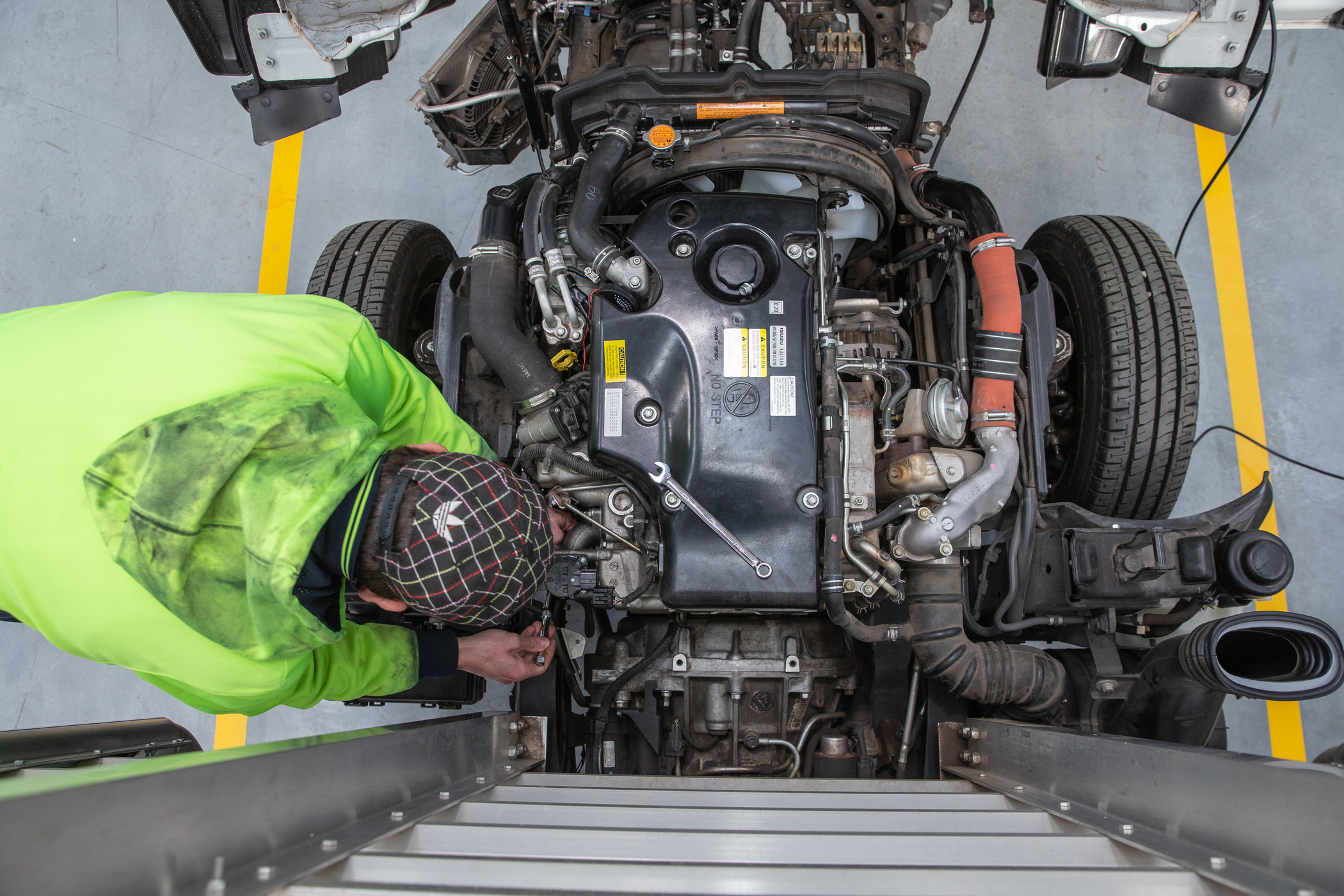
A comprehensive aftersales support package can include options like extended warranties, 24-hour roadside assistance and telephone access to technical support, and can keep your truck on the road. Signing up for a truck-specific aftersales care support program will not only save time, but will ultimately save money if there’s a problem that requires towing or mechanical issues. Fuel efficiency Sometimes lost in the excitement of acquiring a new truck is the ongoing cost of refuelling the tank. Buying a fuel-efficient vehicle is crucial for both fleet managers and truck owners. A truck that has a higher fuel efficiency rating would also typically correspond to its emissions rating (a Euro V rating or higher is now the ideal).
Coupled with fuel saving measures and good habits, choosing a more fuel-efficient truck will save a significant amount of money, especially in the long term. Resale value Choosing a proven truck brand with a solid reputation will go a long way when it comes to reselling your truck. Along with the sale price and application suitability, second-hand buyers look for these key features in a second-hand vehicle: condition, safety and reliability. If you’re prepared to practise good maintenance for the life of your truck ownership, what’s left is choosing a truck known for its quality and reliability that will instantly appeal to second-hand buyers.
The bottom line: look beyond upfront sticker price Researching and assessing the different trucks on the market and all the elements that influence whole-of-life cost can seem rather overwhelming. But just remember that looking beyond a truck’s sticker price is key to helping you figure out the whole-of-life cost of your truck. Want more ways to lower the whole-of-life cost of your truck? Check out some of our fuel-saving tips.
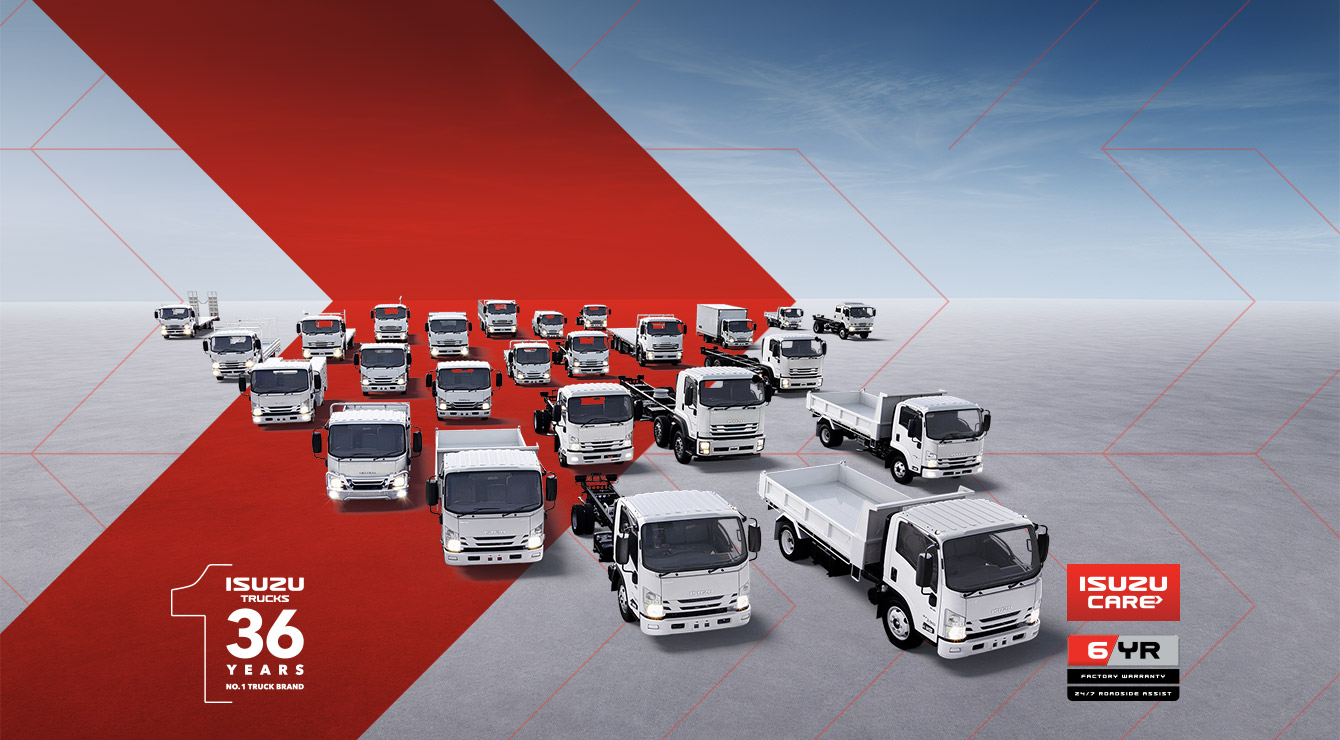
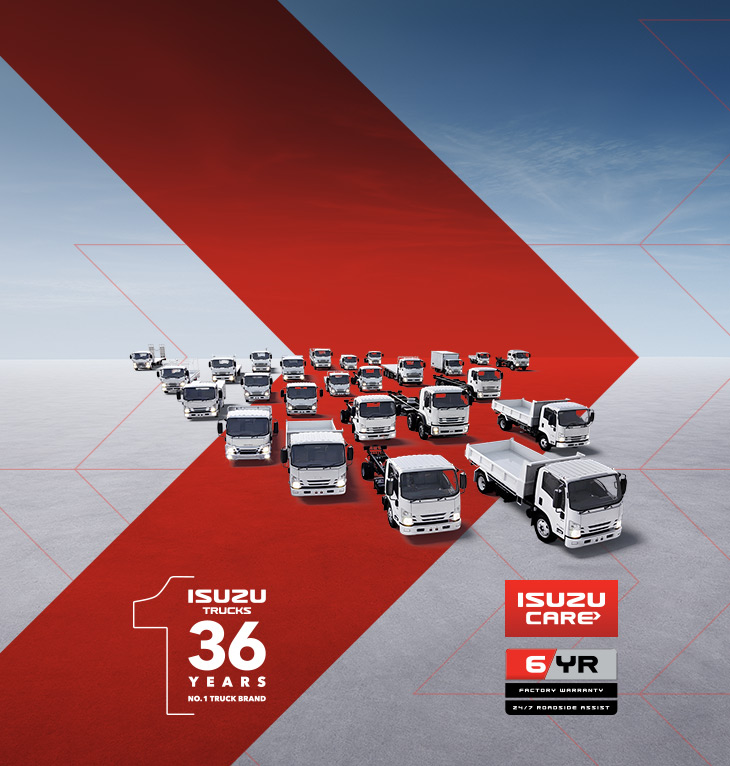
Lead the charge with Australia’s favourite truck.
2025 heralds Isuzu Trucks’ 36th year as market leader.* Number one in more than just sales, though, Isuzu Trucks has an unparalleled dealer support network, customer care program, truck range, and legendary reliability. To get behind the wheel of a winner, get into your nearest Isuzu Trucks Dealer now or visit isuzu.com.au
Learn More
